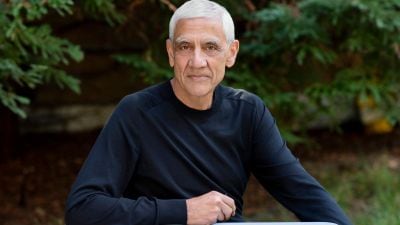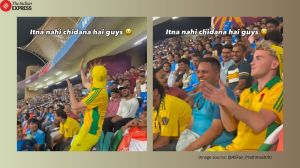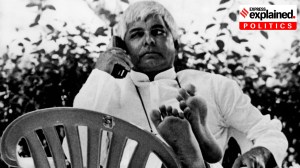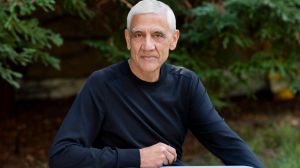Caste census timeline: As Rahul reiterates demand, a look back at how it came to be
hough initially opposed to the demand of the socialist parties, the Congress-led UPA government ultimately conducted the Socio Economic and Caste Census. Now, the party is using that legacy to push its OBC politics.
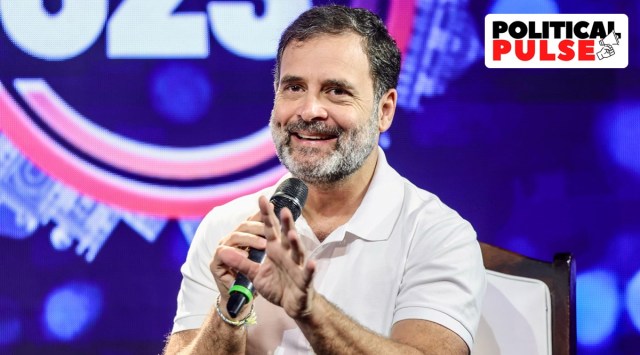 Congress leader Rahul Gandhi has spoken up the Socio Economic and Caste Census (SECC). (Facebook: Rahul Gandhi)
Congress leader Rahul Gandhi has spoken up the Socio Economic and Caste Census (SECC). (Facebook: Rahul Gandhi) As the Congress keeps making a case for a nationwide caste census, Congress leader Rahul Gandhi has once again brought up the Socio Economic and Caste Census (SECC) exercise that the Congress-led UPA-2 government conducted during its tenure and said the BJP was afraid of releasing its findings.
On Monday, addressing a rally in Bilaspur, Chhattisgarh, he said: “Congress had conducted caste census in 2011. It has data of people of every caste, but Modi ji does not show that data to the people. This is one issue I spoke of before too. Only 3 out of 90 secretaries in the government of India are OBCs. Caste census will be an x-ray of India. With it, we will be able to find how many people belong to SC, ST, Dalit, and general categories.”
This politics of social justice and OBC consolidation, or Mandal 2.0 as some political commentators have put it, will be the Opposition INDIA bloc’s answer to the BJP’s Hindutva agenda.
A look at all that has transpired since the caste census demand was first raised:
2010
About a year into its second term, the UPA government was taken by surprise when the Samajwadi Party (SP), Rashtriya Janata Dal (RJD), and Janata Dal (United) raised the demand for a caste headcount along with the 2011 decadal Census.
The Congress and BJP, then the main Opposition party, did not have a clear-cut position on caste census although a section of the OBC leaders within the parties were in favour. The Home Ministry under P Chidambaram argued that including caste in the list of its questions during the Census exercise would yield inaccurate results owing to logistical problems.
But the socialist parties in the Hindi heartland — with OBCs as their main voter base — persisted with their demand and vociferously opposed the women’s reservation Bill. For the heartland parties looking for ways to resurrect their OBC politics, demanding caste and community quota within the women’s reservation Bill, and an OBC headcount, made the perfect combination.
On May 27, the UPA government finally referred the matter to a Group of Ministers (GoM) headed by then Finance Minister Pranab Mukherjee. That September, the the decision to hold a caste headcount was taken.
2011
The Ministry of Rural Development began the SECC exercise but the enumeration of households and tabulation of the data was plagued by delays and missed multiple deadlines. The enumeration was completed by the end of 2012 but the final data was not ready till the end of 2013.
2015-’16
The government released provisional data from the SECC for rural India. It said it was not releasing the caste data enumerated in the SECC as it had not been finalised. In July 2016, it said that “an Expert Group to classify and categorise the Caste returns” would be set up under the NITI Aayog vice chairman.
2018
The government told the Lok Sabha in March that “certain errors have been observed during the processing of caste data”. The Home Ministry said the caste data had been handed over to the Office of the Registrar General and Census Commissioner for processing. In August, the government told the Rajya Sabha that the processing of caste data was taking time due to certain design issues at the stage of data collection. The reply said the planned Expert Group had not been set up.
2021
The Home Ministry told the Rajya Sabha that the raw caste data had been provided to the Ministry of Social Justice and Empowerment for classification and categorisation. In September, the government, in an affidavit filed in the Supreme Court, effectively ruled out holding a caste census that year, saying “exclusion of information regarding any other caste”, apart from SCs and STs, “from the purview of census is a conscious policy decision”.



- 01
- 02
- 03
- 04
- 05


